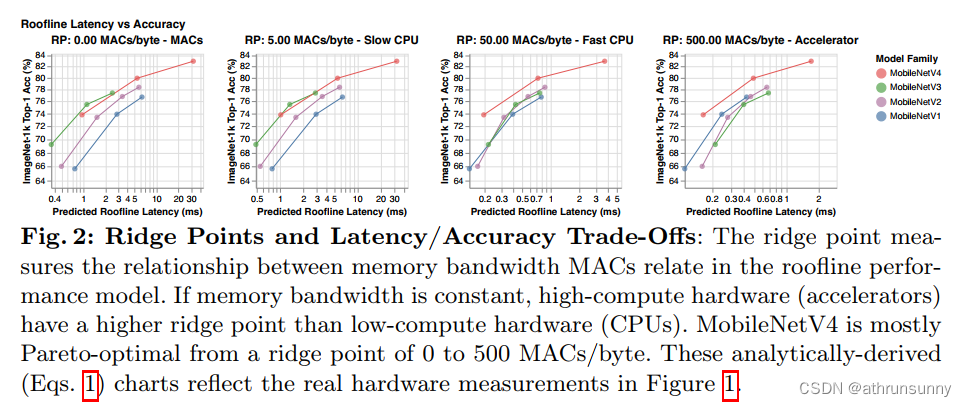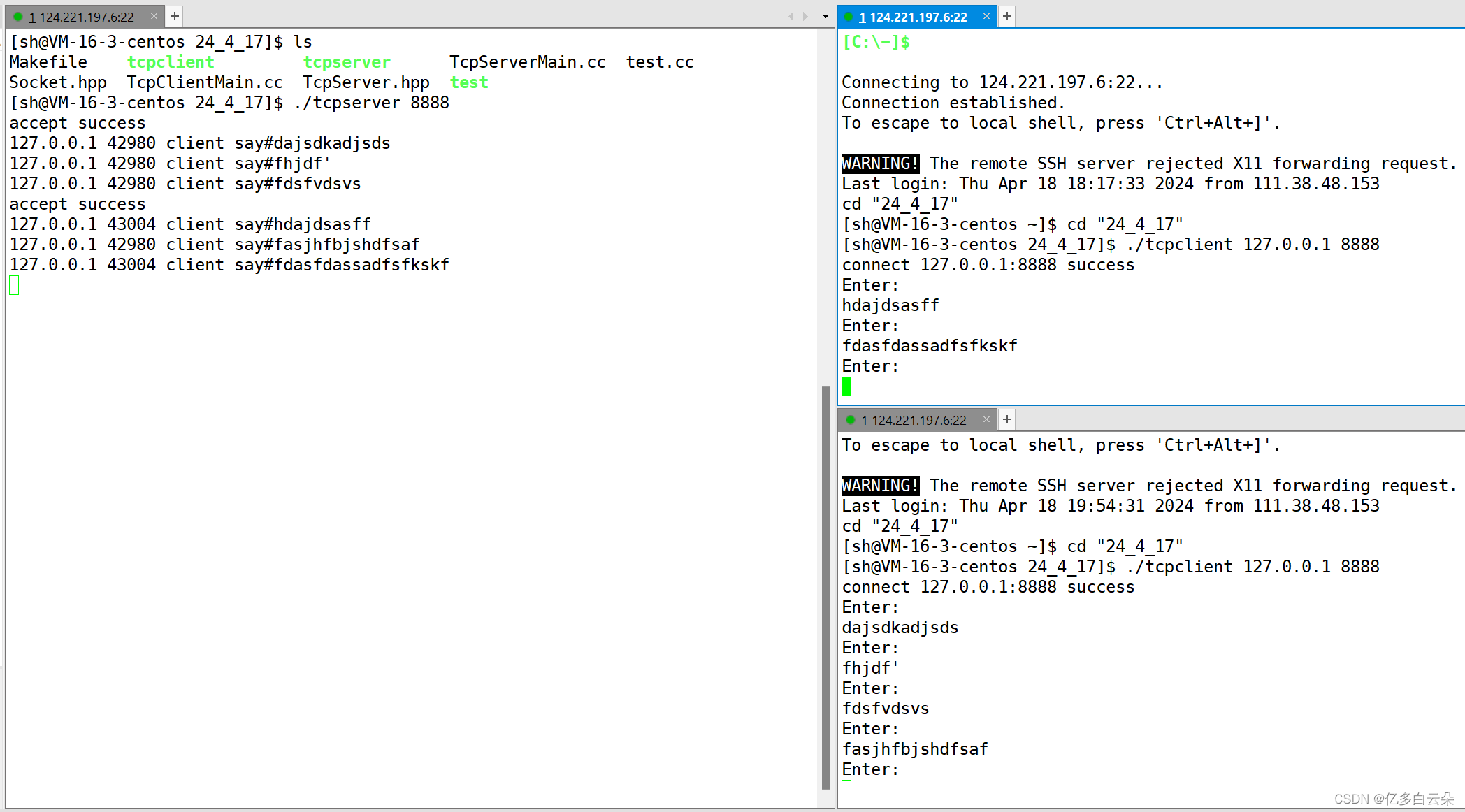目录
00.引言
我们学习数据结构时,学过两个基本的数据结构:顺序表和链表。顺序表中的数据是连续存储的,并且支持随机访问,但是增删数据的效率比较低,因为要挪动数据;链表中的数据是分散存储的,每个节点包含一个数据和指向令一个节点的指针,不支持随机访问,但插入和删除操作的效率较高。
vector容器内部数据存储原理可以认为是顺序表,而list可以认为是双向链表(每个节点都包含指向前一个和后一个节点的指针)。
01.list的介绍
模版类
和"std::vector"一样,“std::list”实现不同类型数据的管理也是通过模版类的机制实现的。当创建一个list对象时,可以通过模版参数来指定存储的元素类型。使用"<数据类型>"来显式实例化指定存储的元素类型,例如“std::list<int>”表示存储整数类型的链表,“std::list<double>”表示存储双精度浮点型的链表……
#include <iostream>
template<typename T>
class list {
……
};
int main() {
list<int> myList1;
list<double> myList2;
return 0;
}独立节点存储
list的底层是双向链表结构,双向链表中每个元素存储在互不相关的独立节点中,在节点中通过指针指向其前一个元素和后一个元素。因此list可以在任意位置进行插入和删除,且时间复杂度为O(1),并且该容器可以前后双向迭代。

list的使用
在cpluscplus网站上有具体的list的使用说文档:list使用文档,在实际运用中,需要熟悉一些常用的list接口,以下列出了一些常见接口:
1.构造函数
在使用list创建对象之前,需要包含头文件“<vector>”。
我们需要调用构造函数来创建对象,list的构造函数有以下几种:
1.list():无参构造
2.list(size_type n,const value_type& val = value_type()):初始化n个val的元素
3.list(const list& x):拷贝构造函数
4.list(inputiterator first, inputiterator last):用(first,last)区间中的元素构造
代码演示:
void text1()
{
list<int> l1;
list<int> l2(5, 10);
list<int> l3(l2);
list<int> l4(l3.begin(), l3.end());
int arr[] = { 0,1,2,3,4 };
list<int> l5(arr, arr + 5);
}运行结果:

2.迭代器的使用
可以将 list 中的迭代器理解为一个指针,该指针指向list中的某一个节点。
分类
· begin + end:返回第一个数据位置的迭代器 + 返回最后一个数据的下一个位置的迭代器
· rbegin + rend:返回第一个元素的reverse_iterator,即end位置 + 返回最后一个元素下一个位置的reverse_iterator,即begin位置
注意:
1.begin与end为正向迭代器,对迭代器执行++操作,迭代器向后移动
2.rbegin(end)与rend(begin)为反向迭代器,对迭代器执行++操作,迭代器向前移动

运用
遍历list只能用迭代器和范围for,而vector还可以用类似与数组的下标[]访问,那是因为vector中的数据是连续存储的,而list中是分散存储的,元素地址直接并无关联。
迭代器和范围for遍历:
void text2(const list<int>& l)
{
for (list<int>::const_iterator it = l.begin(); it != l.end(); ++it) {
cout << *it << " ";
//*it = 10; 编译不通过
}
cout << endl;
}
int main() {
//text1();
list<int> l{ 1,2,3,4,5,6,7,8,9 };
text2(l);
return 0;
}运行结果:

可以看到这里使用的是const迭代器,这表示迭代器指向的元素是不可被修改的,来看看const_iterator的底层是这样定义的:
class list {
public:
// other members...
// 内部定义 const_iterator
typedef const T* const_iterator;
};所以const迭代器指向的元素是常量,不可进行修改操作,而迭代器本身是可以++或--的,如果是
typedef T* const const_iterator;这种方式定义,则表示迭代器本身不可++或--操作,其指向的元素则可以被修改。
正向反向迭代器:
void text3()
{
int array[] = { 1, 2, 3, 4, 5, 6, 7, 8, 9, 0 };
list<int> l(array, array + sizeof(array) / sizeof(array[0]));
// 使用正向迭代器正向list中的元素
// list<int>::iterator it = l.begin(); // C++98中语法
auto it = l.begin(); // C++11之后推荐写法
while (it != l.end())
{
cout << *it << " ";
++it;
}
cout << endl;
// 使用反向迭代器逆向打印list中的元素
// list<int>::reverse_iterator rit = l.rbegin();
auto rit = l.rbegin();
while (rit != l.rend())
{
cout << *rit << " ";
++rit;
}
cout << endl;
}
int main() {
text3();
return 0;
}运行结果:

在C++11中引入了auto关键字,编译器会自动推导auto定义的变量的类型,具体内容可以参考我的这篇博客:auto关键字与基于范围的for循环(C++11)
3.容量管理
list虽然不需要动态开辟管理内存空间,但是还是要对节点的数量(数据的个数)进行跟踪管理
empty():
用于检查列表是否为空。如果列表为空,则返回 ‘true’,否则返回 ‘false’。
代码演示:
void text4()
{
list<int> myList;
if (myList.empty()) {
std::cout << "List is empty!" << std::endl;
}
else {
std::cout << "List is not empty. Size: " << myList.size() << std::endl;
}
}
int main() {
text4();
return 0;
}运行结果:

size():
用于获取列表中的数量。
代码演示:
void text5()
{
list<int> myList = { 1, 2, 3, 4, 5 };
std::cout << "Size of list: " << myList.size() << std::endl;
}
int main() {
text5();
return 0;
}运行结果:

4.元素访问
有别与begin、end,list中可以通过front、back函数分别获取list的第一个节点的引用和最后一个节点的引用,是直接获取元素本身,而不是元素地址(指向元素的迭代器(指针))。
代码演示:
void text6()
{
list<int> myList = { 1, 2, 3, 4, 5 };
int firstElement = myList.front();
cout << "First element: " << firstElement << endl;
int lastElement = myList.back();
cout << "Last element: " << lastElement << endl;
}
int main() {
text6();
return 0;
}
5.增删查改
下面是代码演示:
void PrintList(const list<int>& l)
{
// 注意这里调用的是list的 begin() const,返回list的const_iterator对象
for (list<int>::const_iterator it = l.begin(); it != l.end(); ++it)
{
cout << *it << " ";
// *it = 10; 编译不通过
}
cout << endl;
}
// list插入和删除
// push_back/pop_back/push_front/pop_front
void Test1()
{
int array[] = { 1, 2, 3 };
list<int> L(array, array + sizeof(array) / sizeof(array[0]));
// 在list的尾部插入4,头部插入0
L.push_back(4);
L.push_front(0);
PrintList(L);
// 删除list尾部节点和头部节点
L.pop_back();
L.pop_front();
PrintList(L);
}
// insert /erase
void Test2()
{
int array1[] = { 1, 2, 3 };
list<int> L(array1, array1 + sizeof(array1) / sizeof(array1[0]));
// 获取链表中第二个节点
auto pos = ++L.begin();
cout << *pos << endl;
// 在pos前插入值为4的元素
L.insert(pos, 4);
PrintList(L);
// 在pos前插入5个值为5的元素
L.insert(pos, 5, 5);
PrintList(L);
// 在pos前插入[v.begin(), v.end)区间中的元素
vector<int> v{ 7, 8, 9 };
L.insert(pos, v.begin(), v.end());
PrintList(L);
// 删除pos位置上的元素
L.erase(pos);
PrintList(L);
// 删除list中[begin, end)区间中的元素,即删除list中的所有元素
L.erase(L.begin(), L.end());
PrintList(L);
}
// resize/swap/clear
void Test3()
{
// 用数组来构造list
int array1[] = { 1, 2, 3 };
list<int> l1(array1, array1 + sizeof(array1) / sizeof(array1[0]));
PrintList(l1);
// 交换l1和l2中的元素
list<int> l2;
l1.swap(l2);
PrintList(l1);
PrintList(l2);
// 将l2中的元素清空
l2.clear();
cout << l2.size() << endl;
}
int main() {
Test1();
Test2();
Test3();
return 0;
}运行结果:
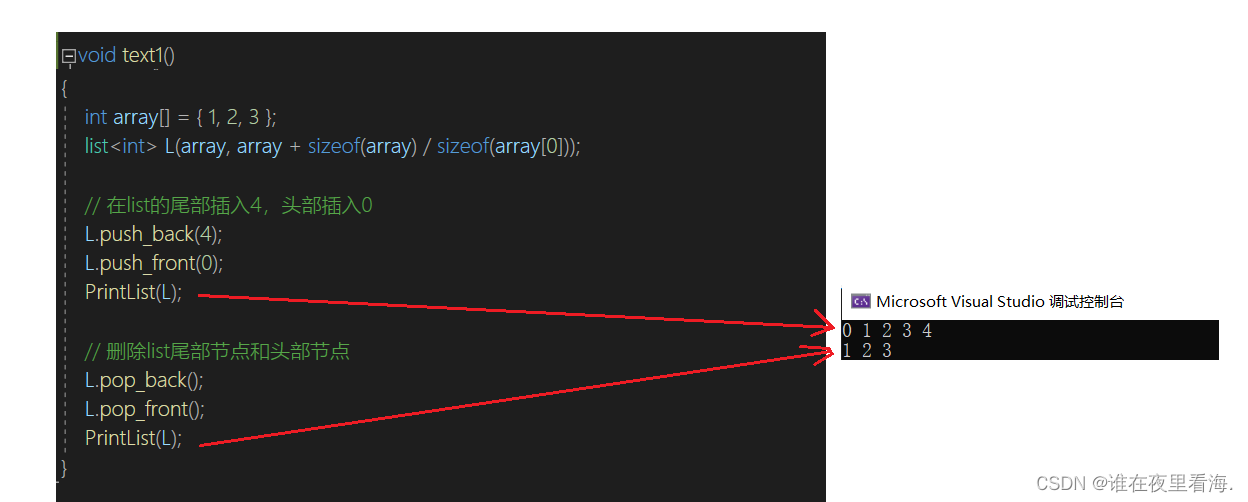

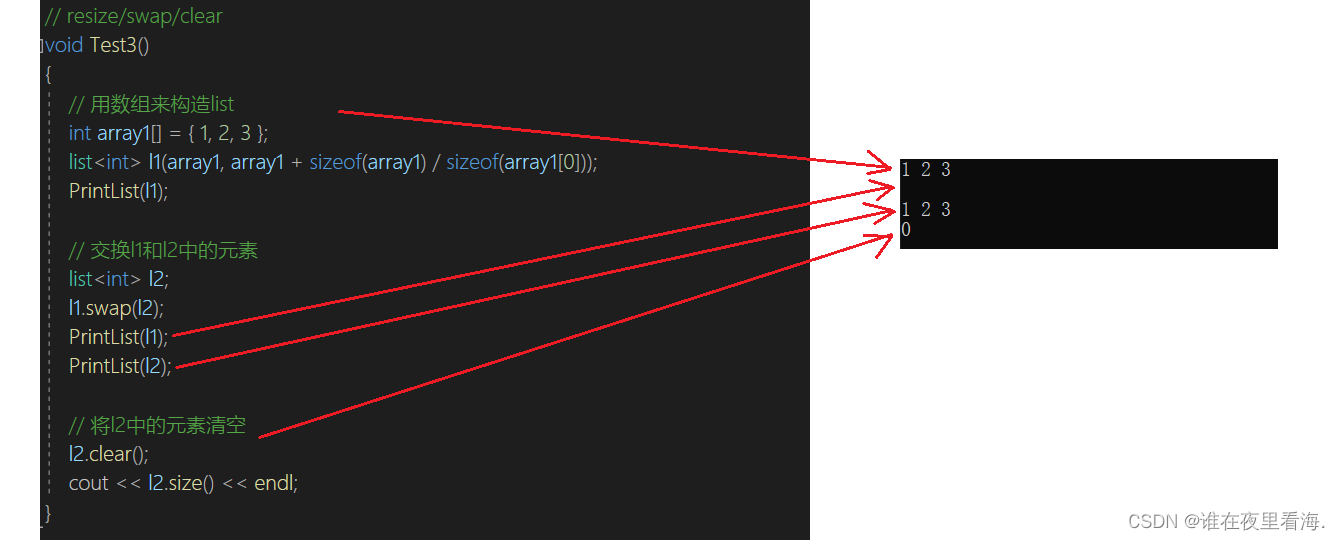
以上就是关于list的介绍和使用说明的有关知识了,欢迎在评论区留言~感觉这篇博客对您有帮助的可以点赞关注支持一波喔~😉



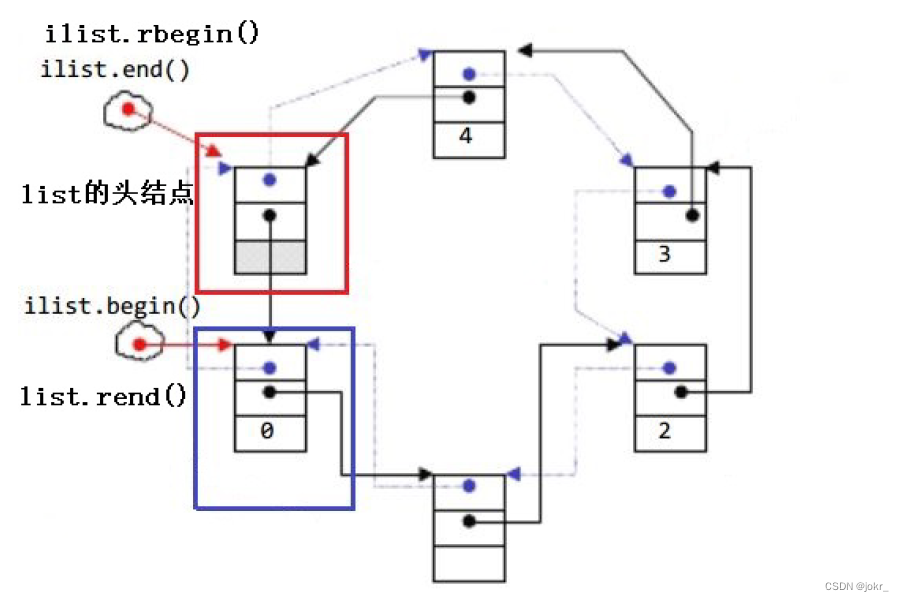
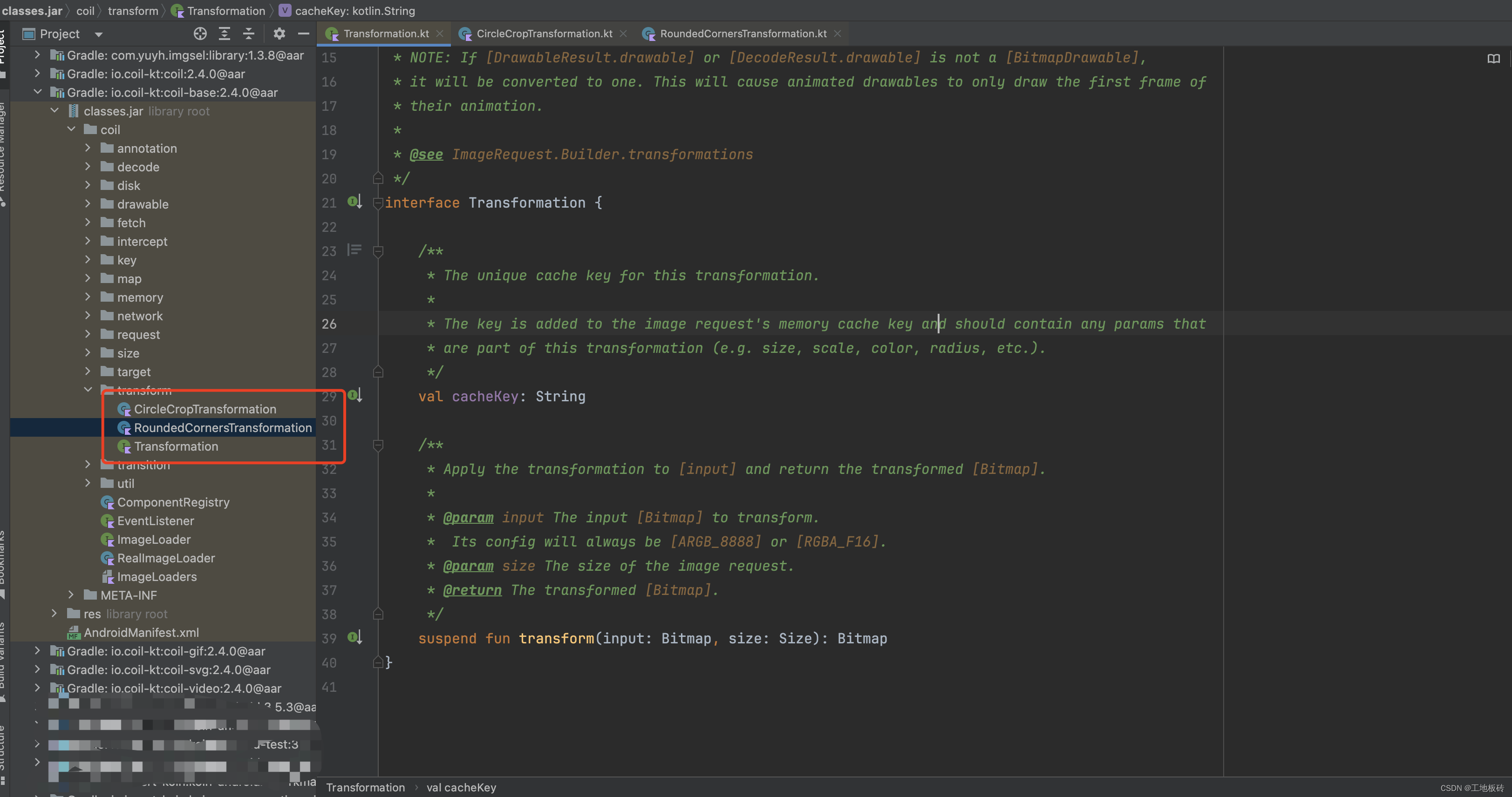






















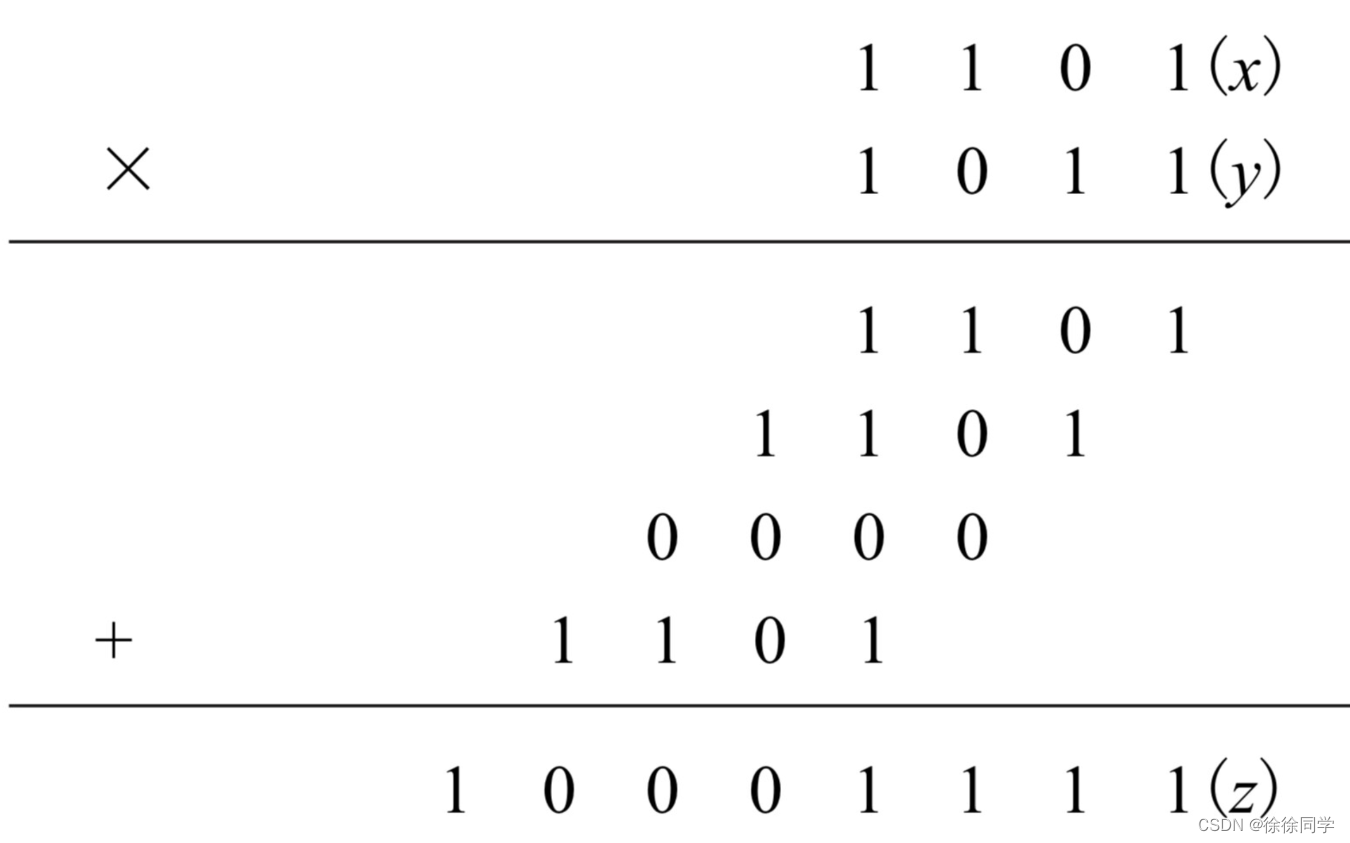
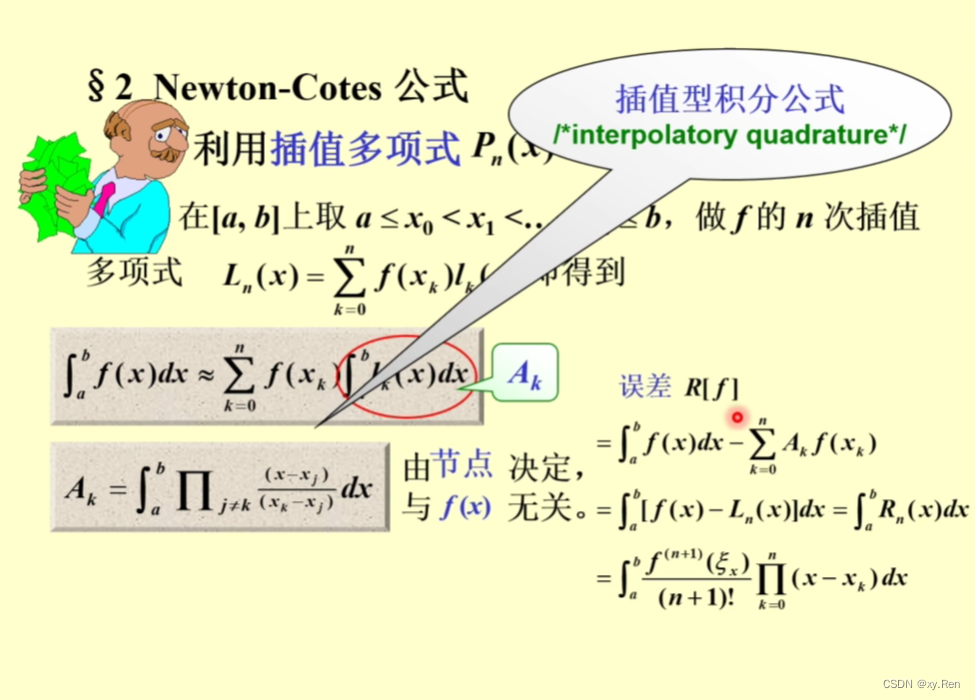

![ERROR in [eslint] reorder to top import/first](https://img-blog.csdnimg.cn/direct/392bce29e00d41a4b7c2a43e823a3b9d.png#pic_center)

